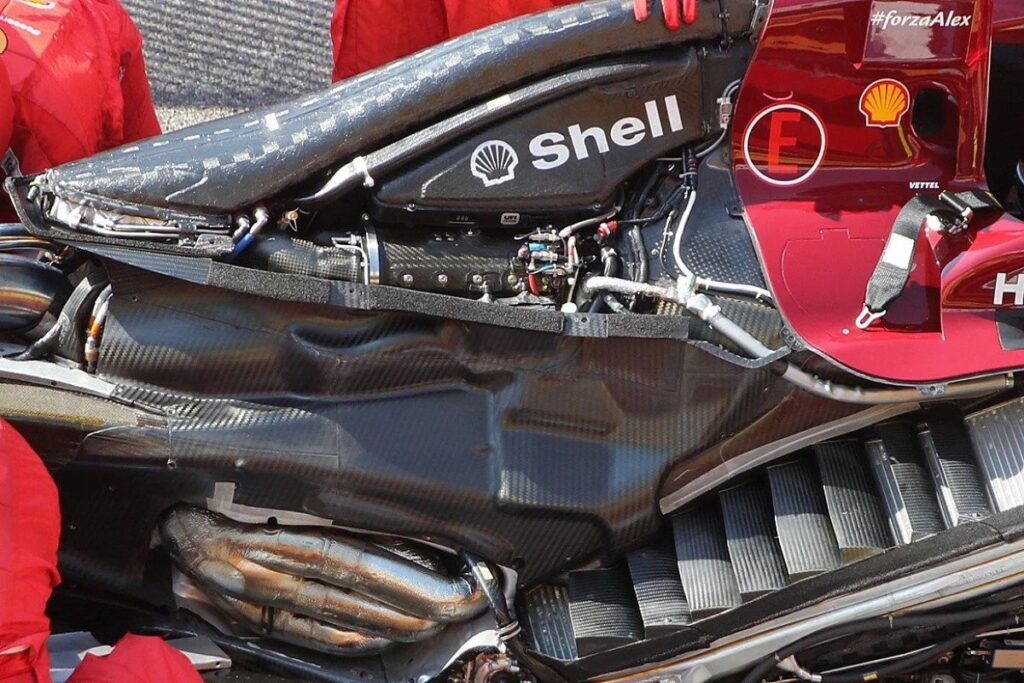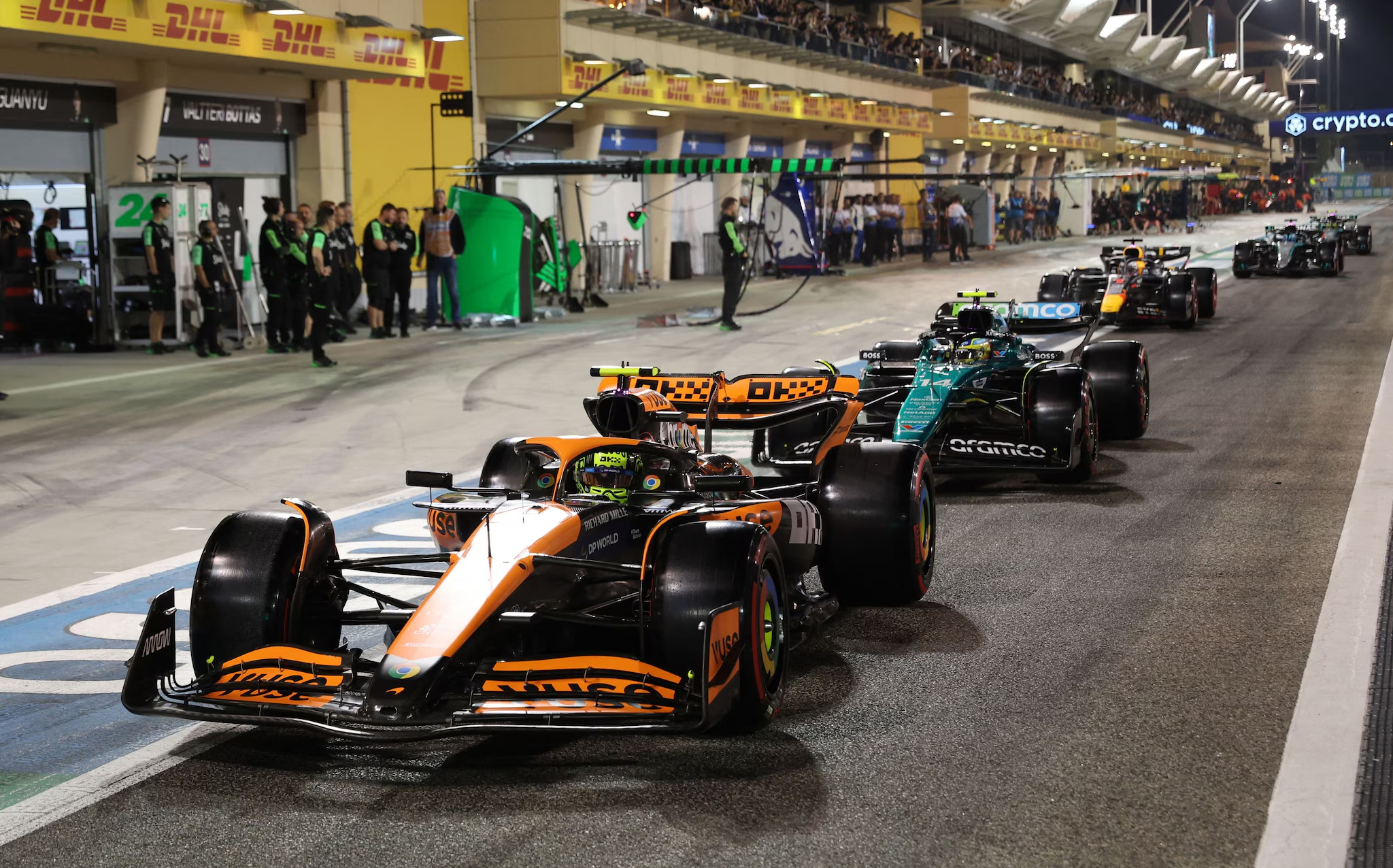How Formula 1 is Evolving in the Modern Era
Formula 1 (F1), the pinnacle of motorsport, has always been a sport defined by speed, cutting-edge technology, and fierce competition. Since its inception in 1950, F1 has continually pushed the boundaries of engineering and innovation, serving as a testing ground for the automotive industry’s most advanced technologies. However, the past decade has seen more change in the sport than perhaps any other period in its history. From technological advancements and shifting regulations to changes in fan engagement and a global expansion of the F1 calendar, the sport has evolved significantly.
The rise of new powerhouses, such as Red Bull Racing, and the emergence of new talents like Max Verstappen, have brought fresh rivalries to the forefront. Meanwhile, the dominance of Mercedes from 2014 to 2021 signified a new era of technical brilliance, all while F1 has embraced new digital platforms to connect with millions of fans around the world.
At the same time, the sport has had to address key global issues like sustainability, diversity, and inclusion. F1 has committed to becoming carbon-neutral by 2030, and the sport’s governing body, the Fédération Internationale de l’Automobile (FIA), has taken steps to make the grid more diverse and inclusive. These shifts, while essential to the survival of F1 in a changing world, have also stirred debate about how much the sport should change without losing its essence.
This blog explores how Formula 1 is evolving in recent years. We’ll delve into major advancements in technology, regulatory changes, and the sport’s new approach to fan engagement. We’ll also look at how the business and commercial side of F1 has transformed, and what this means for the future of the sport.

1. Technological Advancements in F1
1.1 Hybrid Power Units: The Era of Efficiency
One of the most significant changes in modern F1 is the introduction of hybrid power units in 2014. These replaced the naturally aspirated V8 engines, heralding a new era focused on efficiency, sustainability, and reduced environmental impact. The hybrid power unit consists of a turbocharged internal combustion engine (ICE) combined with an energy recovery system (ERS), which captures and reuses energy from braking and heat from the exhaust.
Impact on Performance
While the move to hybrid engines initially faced resistance from fans and teams due to the perceived loss of the iconic engine roar, it represented a leap in technological sophistication. The hybrid power units are more fuel-efficient, using 30% less fuel than the V8 engines, and yet they produce nearly 1,000 horsepower. This level of efficiency is unmatched in motorsport, with F1 power units setting benchmarks for the automotive industry.
Mercedes’ dominance from 2014 to 2021 can largely be attributed to their mastery of the hybrid era, with their power unit providing a significant advantage over rivals. However, the hybrid engines also presented new technical challenges. Teams had to adapt to managing energy deployment, as the ERS systems store and release energy at crucial moments during the race. This has led to a greater emphasis on strategy and data analytics to optimize performance.
Sustainability Concerns
F1’s push for hybrid engines aligns with global trends towards sustainability and reducing carbon emissions. However, the sport’s long-term goal is to move toward even more eco-friendly solutions. In 2022, F1 announced that it would be using 100% sustainable fuel by 2026 as part of its goal to achieve carbon neutrality by 2030.
The introduction of these power units is also seen as a reflection of the sport’s broader commitment to technological advancement, and many argue that F1 has maintained its status as a leader in automotive innovation. Critics, however, feel that the sport has lost some of its visceral appeal, particularly in terms of engine sound, which was a defining characteristic of the pre-hybrid era.
1.2 Advancements in Aerodynamics: Redefining Car Design
Aerodynamics has always been a crucial factor in F1 car design, but the developments in this area in recent years have been groundbreaking. From the introduction of DRS (Drag Reduction System) to the complex aerodynamics seen in modern F1 cars, these innovations aim to strike a balance between speed and overtaking capabilities.
The Role of Aerodynamics in F1
Aerodynamic efficiency determines how much downforce a car can generate and how much drag it produces. Downforce helps the car stick to the track, particularly through corners, while minimizing drag allows the car to reach higher speeds on straights. Teams invest millions in wind tunnels and computational fluid dynamics (CFD) simulations to refine their car designs.
2022 Regulations: Return of Ground Effect
One of the most significant recent changes in aerodynamics came with the 2022 regulatory overhaul, which saw the reintroduction of ground effect. Ground effect, which uses the car’s floor to generate downforce, was originally banned in the early 1980s due to safety concerns. However, its reintroduction in 2022 aimed to reduce the “dirty air” effect that made it difficult for cars to follow each other closely and overtake.
With the new regulations, cars are designed to produce more downforce from their floors rather than the complex front and rear wings that had defined much of the previous decade. This has led to more exciting, wheel-to-wheel racing, as cars can follow each other more closely without losing grip due to turbulent air. While the changes have generally been well-received, teams have faced new challenges in optimizing their setups under these regulations.
1.3 Data Analytics and AI: Racing with Precision
The role of data in F1 has increased exponentially in the last decade. Modern F1 cars are equipped with over 300 sensors, collecting a vast array of data in real time. These sensors monitor everything from tire wear and fuel consumption to brake temperatures and engine performance. Teams use this data to make split-second decisions during races and optimize their cars’ performance throughout a Grand Prix weekend.
AI and Machine Learning
Artificial intelligence and machine learning are becoming integral parts of F1. Teams use predictive analytics to model different race scenarios, anticipate weather changes, and plan pit strategies. For instance, AI algorithms analyze tire degradation patterns to predict the best time for a pit stop, potentially gaining a few seconds that could be the difference between winning and losing.
McLaren, known for its cutting-edge approach to technology, has been a pioneer in using AI and machine learning to enhance race strategies. Other teams have followed suit, using AI to process the enormous amounts of data generated during races. This reliance on data and AI has transformed race strategies from gut-feeling decisions to precise, data-driven calls.
1.4 Safety Innovations: Protecting Drivers
Safety has always been a concern in F1, but recent years have seen some of the most significant advancements in driver protection. The introduction of the Halo in 2018 marked a turning point in F1 safety. Initially criticized for its aesthetics, the Halo has since proven to be a lifesaving device.

The Halo and Its Impact
The Halo is a titanium structure designed to protect the driver’s head from flying debris and crashes. Its first major test came during the 2018 Belgian Grand Prix, when Fernando Alonso’s car was launched over Charles Leclerc’s car at the start of the race. The Halo absorbed the impact, preventing what could have been a fatal accident.
The most dramatic example of the Halo’s effectiveness came during the 2020 Bahrain Grand Prix, when Romain Grosjean’s car crashed into a barrier and split in half. The Halo prevented Grosjean from suffering a potentially fatal head injury as his car penetrated the barrier. Since then, the Halo has become an accepted and appreciated safety feature in F1.
Other Safety Innovations
In addition to the Halo, F1 has introduced several other safety improvements in recent years. The introduction of advanced crash structures, improved helmets, and stronger fireproof suits has made the sport safer than ever. The FIA continues to research and implement new technologies to reduce the risk to drivers, track personnel, and spectators.
References
- Formula 1 Official Website:
Provides official announcements, rules, and changes related to F1, including technological advancements and new regulations.
Formula1.com - Mercedes Dominance in the Hybrid Era:
Insight into how Mercedes leveraged hybrid power units and aerodynamics to dominate the sport between 2014 and 2021.- “How Mercedes has dominated F1’s hybrid era” – Motorsport Magazine
Motorsport.com
- “How Mercedes has dominated F1’s hybrid era” – Motorsport Magazine
- Introduction of Hybrid Power Units (2014):
Overview of the shift to hybrid power units and the impact on performance and sustainability.- “F1 hybrid engines: Why they’re the most efficient in motorsport” – Red Bull Racing
Red Bull Racing
- “F1 hybrid engines: Why they’re the most efficient in motorsport” – Red Bull Racing
- Ground Effect and the 2022 Regulations:
How F1’s 2022 rules introduced new aerodynamic changes for closer racing, and the return of ground effect.- “F1 2022 rule changes explained: What’s new and why it matters” – The Race
The Race
- “F1 2022 rule changes explained: What’s new and why it matters” – The Race
- The Halo Device and Safety in F1:
Detailed analysis of the Halo device’s introduction and its role in saving lives, particularly the Grosjean crash in 2020.- “F1 safety: How the Halo saved Grosjean’s life” – BBC Sport
BBC Sport
- “F1 safety: How the Halo saved Grosjean’s life” – BBC Sport
- Data Analytics in Formula 1:
How teams use AI and data analytics to refine race strategies and improve performance.- “Data in F1: The science of real-time racing” – McLaren
McLaren.com
- “Data in F1: The science of real-time racing” – McLaren
- Sustainability and F1’s Carbon-Neutral Goals:
F1’s plans to achieve carbon neutrality by 2030, including the use of sustainable fuels.- “Formula 1 aims to be net zero carbon by 2030” – BBC News
BBC
- “Formula 1 aims to be net zero carbon by 2030” – BBC News
- The Business of Formula 1 and Liberty Media’s Impact:
How Liberty Media’s acquisition changed F1’s commercial structure and expanded its reach into new markets.- “Liberty Media’s impact on Formula 1: Expanding a global sport” – Financial Times
Financial Times
- “Liberty Media’s impact on Formula 1: Expanding a global sport” – Financial Times
- Netflix’s Drive to Survive and F1’s Growing Fan Base:
How Netflix’s Drive to Survive has attracted new fans and revitalized F1’s global appeal.- “Netflix’s F1 Drive to Survive: The Game Changer for Formula 1” – The Guardian
The Guardian
- “Netflix’s F1 Drive to Survive: The Game Changer for Formula 1” – The Guardian
- F1 E-Sports and Virtual Engagement:
How F1 e-sports are growing and helping to connect with younger fans.- “F1 Esports Series: Racing into the virtual age” – F1 Official Website
Formula 1 Esports
- “F1 Esports Series: Racing into the virtual age” – F1 Official Website






